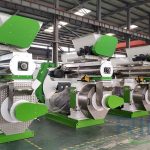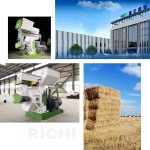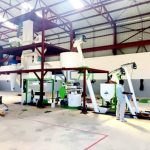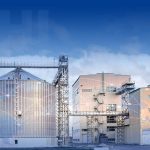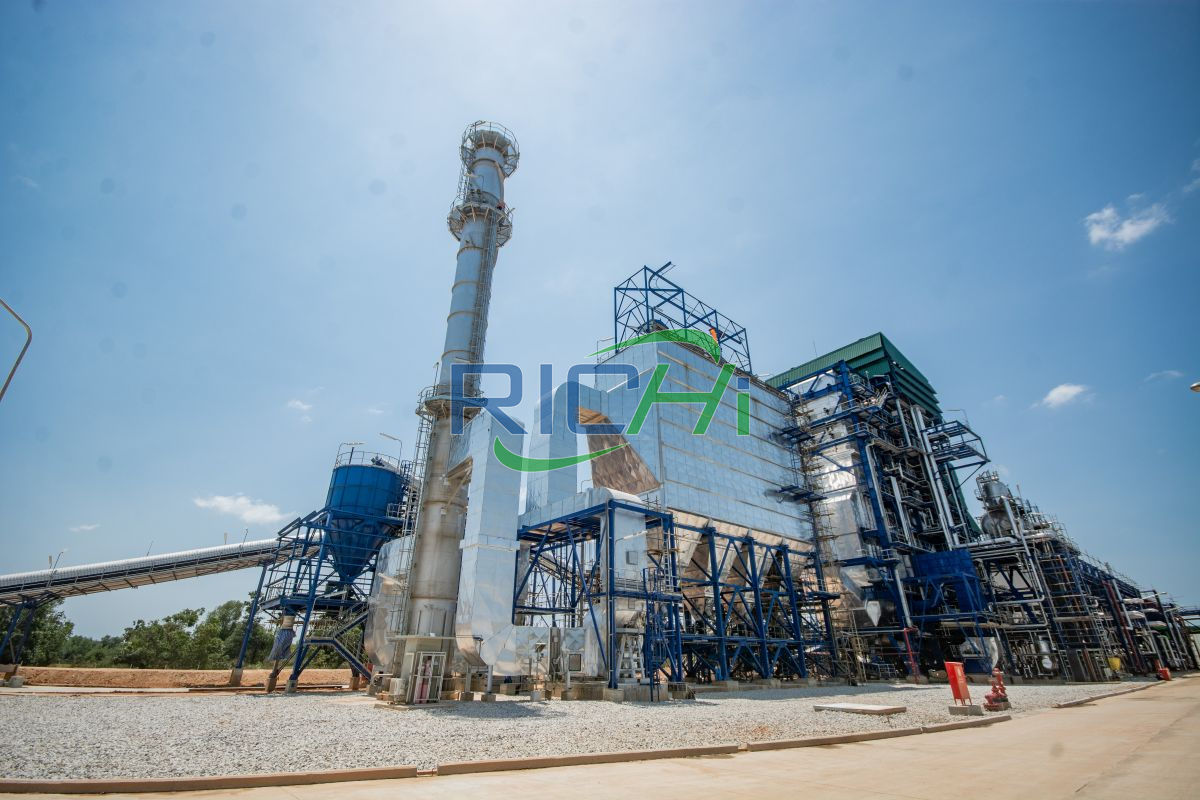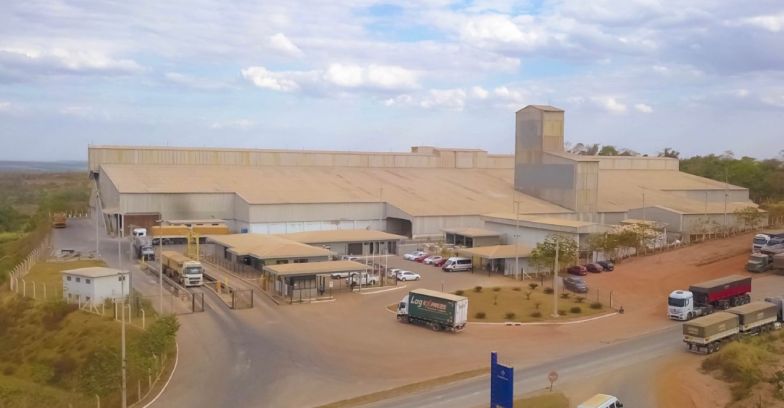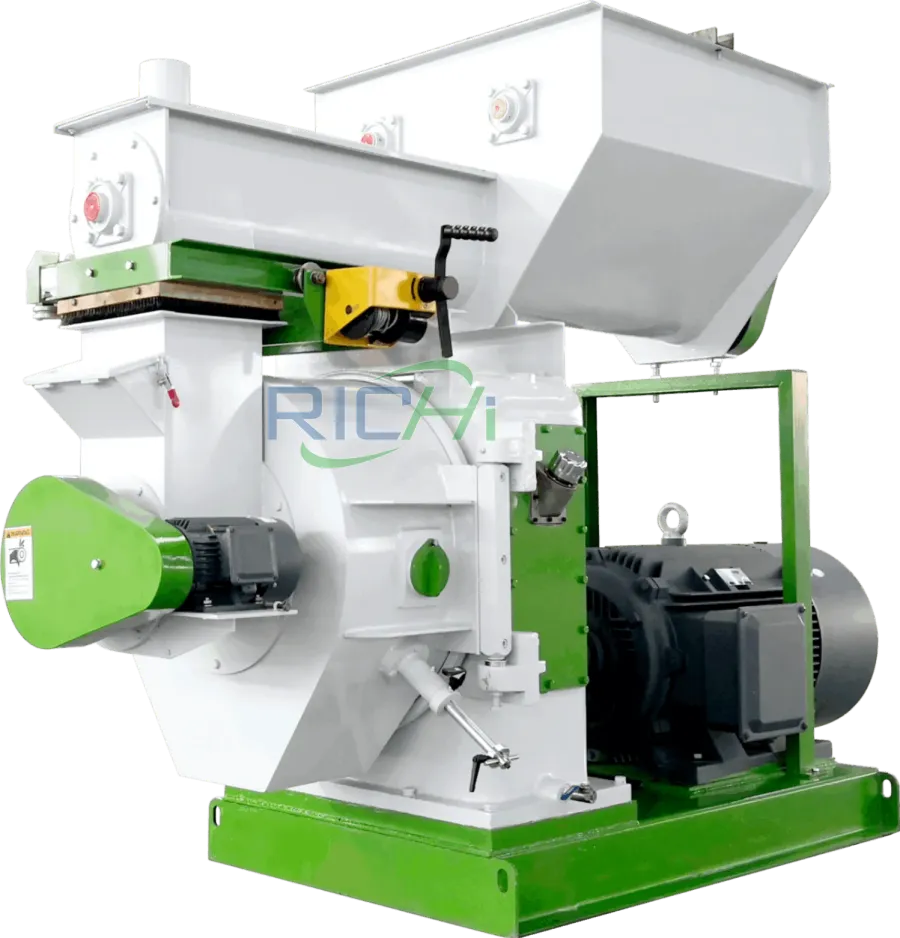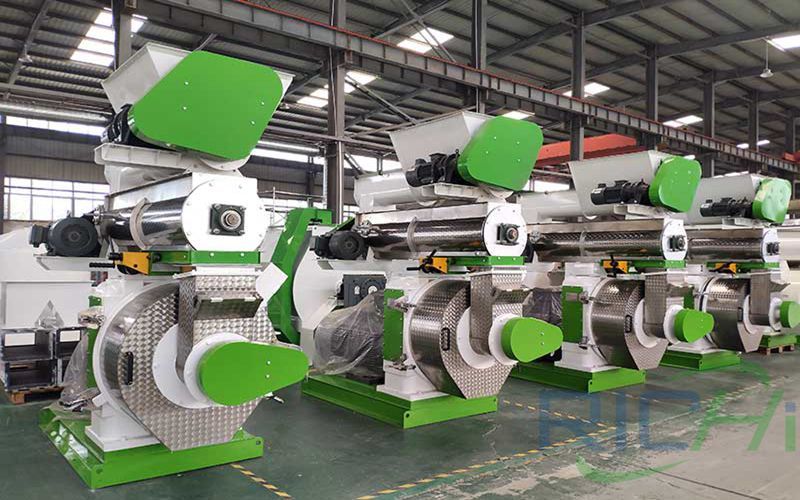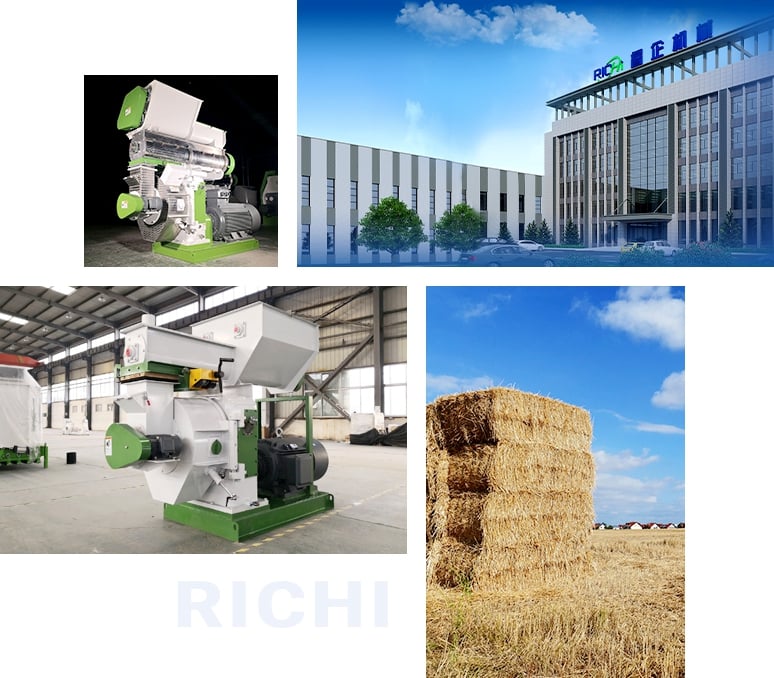Establishing a large-scale Miscanthus grass pellet production line in the USA presents significant profitability prospects driven by increasing demand for renewable energy sources. Here are key factors and considerations that influence the economic viability of this project:
Market Demand and Potential
Drivers of Demand:
- Renewable Energy Policies: Federal and state incentives promoting renewable energy.
- Environmental Sustainability: Growing consumer and corporate interest in sustainable energy solutions.
- Alternative Fuel Needs: Rising demand for biomass as an alternative to fossil fuels in power generation and heating.
Advantages of Miscanthus Pellets:
- High Energy Content: Comparable to other biomass fuels, making it a viable alternative for power generation.
- Low Ash and Moisture Content: Enhances combustion efficiency and reduces handling issues.
- Carbon Neutrality: Miscanthus absorbs CO2 during growth, offsetting emissions during combustion.
- Compatibility with Coal Plants: Can be co-fired with coal, aiding the transition to renewable energy.
Raw Material Availability and Cost
Cultivation Suitability:
- Optimal Regions: Midwest and Southeast USA.
- Yield: Produces up to 10-15 dry tons per acre annually after establishment.
- Perennial Crop: Once established, it can be harvested annually for 15-20 years.
- Low Input Requirements: Minimal need for fertilizers and pesticides.
Cost Management:
- Long-term Contracts: Secure agreements with farmers or establish company-owned plantations.
- Sustainable Practices: Align with sustainable agricultural practices to manage costs and appeal to eco-conscious markets.
Related post: grass pellet machine
Production Costs and Efficiency
Key Investments:
- Equipment: Harvesting, drying, grinding, pelletizing, cooling, and packaging machinery.
- Infrastructure: Storage facilities and transportation logistics.
Economies of Scale:
- Large Production Capacity: 100,000+ tons per year can reduce per-unit costs.
- Efficiency Enhancements: Modern, efficient equipment and automation to reduce labor and operational costs.
Technological Advancements
Profitability Enhancements:
- Quality and Consistency: Advanced technology ensures high-quality pellet production.
- Energy Efficiency: Innovations in processing reduce energy consumption.
- Automation: Lowers labor costs and enhances production control.
- Process Improvements: Continuous technological upgrades to boost throughput and reduce costs.
Pricing and Competition
Competitive Landscape:
- Alternative Fuels: Cost comparison with coal, wood pellets, and other biomass sources.
- Current Market Prices: Industrial wood pellets in the USA range from $150 to $200 per ton.
- Competitive Pricing: Miscanthus pellets need to be priced within this range while maintaining profitability.
Government Policies and Incentives
Supporting Factors:
- Renewable Energy Mandates: Federal and state-level requirements for renewable energy usage.
- Tax Incentives: Benefits for biomass production and utilization.
- Grants and Subsidies: Financial support for establishing energy crop plantations.
- Carbon Pricing: Mechanisms that favor carbon-neutral energy sources.
Export Opportunities
Global Market Demand:
- European Union: High demand driven by stringent renewable energy targets.
- Asia: Growing markets in Japan and South Korea for biomass pellets.
- Diversified Revenue: Exporting can offer higher margins but must account for transportation costs.
Environmental Considerations and Sustainability
Market Positioning:
- Carbon Neutrality: Appeals to carbon-conscious consumers and businesses.
- Sustainability Certifications: Achieving certifications like SBP can enhance market access.
- Land Use Efficiency: High yield per acre provides an additional selling point.
Challenges and Risk Factors
Potential Obstacles:
- Establishment Period: 2-3 years to reach full yield requires upfront investment.
- Market Volatility: Fluctuations in energy prices impact pellet demand and pricing.
- Regulatory Changes: Potential shifts in renewable energy policies.
- Renewable Competition: Advancements in solar and wind energy.
- Transportation Costs: Significant for export markets, impacting overall profitability.
Financial Projections
Illustrative Profitability:
- Annual Production: 100,000 tons
- Average Selling Price: $180 per ton
- Annual Revenue: $18 million
- Production Costs: $120-$140 per ton
- Gross Profit Margin: 22-33%
- EBITDA Margin: 15-25%
These projections are estimates and can vary based on specific conditions, market dynamics, and operational efficiency.
Conclusion
The profitability of a large-scale Miscanthus grass pellet production line in the USA appears promising due to increasing renewable energy demand and the favorable attributes of Miscanthus. Key success factors include:
- Market Demand: Rising interest in biomass pellets.
- Raw Material Yield: High output and low maintenance requirements of Miscanthus.
- Economies of Scale: Cost reductions through large-scale production.
- Technological Advancements: Improved efficiency and automation.
- Supportive Policies: Government incentives and favorable regulatory environment.
- Export Markets: Opportunities in Europe and Asia.
Investors should conduct detailed market research, secure supply agreements, and develop a comprehensive business plan addressing the unique aspects of Miscanthus cultivation and pellet production. With careful planning and execution, a large-scale Miscanthus grass pellet production line in the USA can be a profitable venture in the renewable energy sector.


